Blog
BLOG DER VIRTUELLEN PRODUKTION
Unser Blog über virtuelle Produktion, Studios sowie die richtige Ausrüstung und Technologie, damit es funktioniert.

11 Dez., 2022
The Mandalorian is a highly-acclaimed Disney+ original series that has garnered widespread praise for its immersive and visually-stunning world. The series, which is set in the Star Wars universe and follows the adventures of a lone bounty hunter, is notable for its use of virtual production techniques to create its digital environments and special effects. Virtual production involves the use of real-time computer graphics to create digital sets and backgrounds. This allows filmmakers to visualize and manipulate a virtual environment while they are shooting, rather than building physical sets and relying on costly post-production processes to add digital effects. This approach allows for greater flexibility and creativity on set, as well as faster turnaround times and lower costs. The Mandalorian was one of the first television shows to use virtual production extensively, with the majority of the series being shot entirely on green screens and using computer-generated backgrounds and effects. This allowed the filmmakers to create a rich and detailed digital world, with a wide range of environments and settings, including the desolate planet of Arvala-7, the bustling city of Nevarro, and the seedy underworld of the Corvus system. One of the key benefits of using virtual production in the making of The Mandalorian was its ability to create highly realistic visual effects. In the past, filmmakers often had to rely on post-production processes to add digital effects to their footage, which could be time-consuming and expensive. With virtual production, the filmmakers were able to create and manipulate digital sets and backgrounds in real-time, allowing them to achieve a seamless and convincing visual effect. Another advantage of virtual production was its ability to save time and money. Traditional production methods can be very expensive and labor-intensive, with large crews, complex sets, and long post-production processes. By using virtual production, the filmmakers were able to streamline their workflow, reducing the need for physical sets and props, and cutting down on post-production time and costs. Furthermore, virtual production offered greater flexibility and creativity on set. The filmmakers were able to quickly and easily experiment with different camera angles, lighting, and other elements of the digital environment, allowing them to find the best way to tell their story. This also allowed for more efficient collaboration between different departments, as designers, directors, and other members of the production team could work together in real-time to create the best possible final product. Overall, the use of virtual production in the making of The Mandalorian has allowed the filmmakers to create a highly realistic and immersive visual experience for viewers. As this technology continues to evolve and improve, we can expect to see even more impressive and innovative uses of it in the future. All rights to DISNEY.
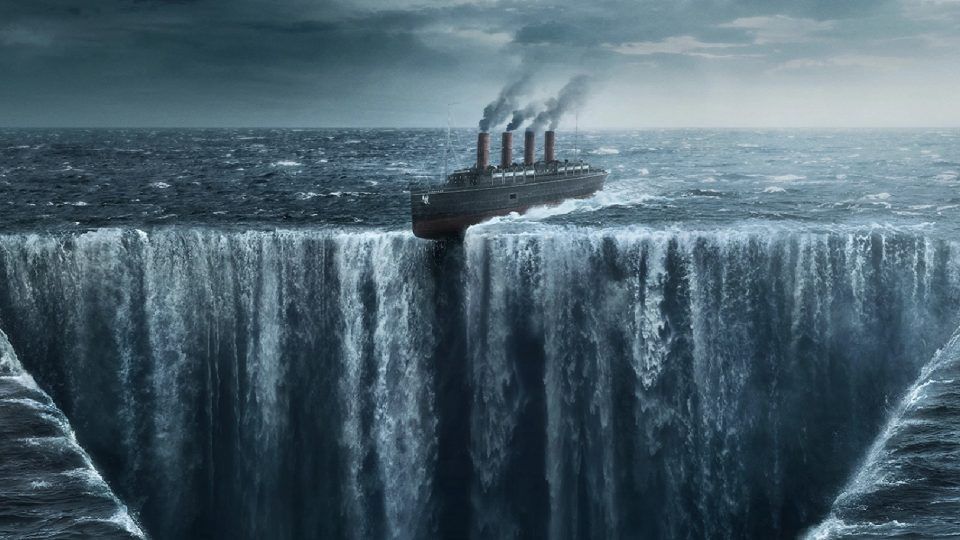
11 Dez., 2022
1899 is a new Netflix original series that showcases the potential of volume technology to create highly realistic and immersive visual effects. The series, which is set in the year 1899 and follows a group of travelers on a steamship heading to New York City, is notable for its use of this cutting-edge technology to create a rich and detailed digital environment. Volume technology involves the use of large, enclosed spaces known as volumes, in which physical sets and props can be integrated with virtual elements. This allows filmmakers to capture complex scenes with multiple layers of depth and detail, and to create more realistic interactions between actors and their digital surroundings. The series 1899 was shot entirely within a volume, using a combination of real sets, props, and actors, and virtual elements. This allowed the filmmakers to create a rich and detailed digital world, with a wide range of environments and settings, including the interior and exterior of the steamship, as well as various locations in New York City. One of the key benefits of using volume technology in the production of 1899 was its ability to create highly realistic visual effects. In the past, filmmakers often had to rely on post-production processes to add digital effects to their footage, which could be time-consuming and expensive. With volume technology, the filmmakers were able to create and manipulate digital sets and backgrounds in real-time, allowing them to achieve a seamless and convincing visual effect. Another advantage of volume technology was its ability to save time and money. Traditional production methods can be very expensive and labor-intensive, with large crews, complex sets, and long post-production processes. By using volume technology, the filmmakers were able to streamline their workflow, reducing the need for physical sets and props, and cutting down on post-production time and costs. Furthermore, volume technology offered greater flexibility and creativity on set. The filmmakers were able to quickly and easily experiment with different camera angles, lighting, and other elements of the digital environment, allowing them to find the best way to tell their story. This also allowed for more efficient collaboration between different departments, as designers, directors, and other members of the production team could work together in real-time to create the best possible final product. Overall, the use of volume technology in the production of 1899 has allowed the filmmakers to create a highly realistic and immersive visual experience for viewers. As this technology continues to evolve and improve, we can expect to see even more impressive and innovative uses of it in the future. All rights to NETFLIX.
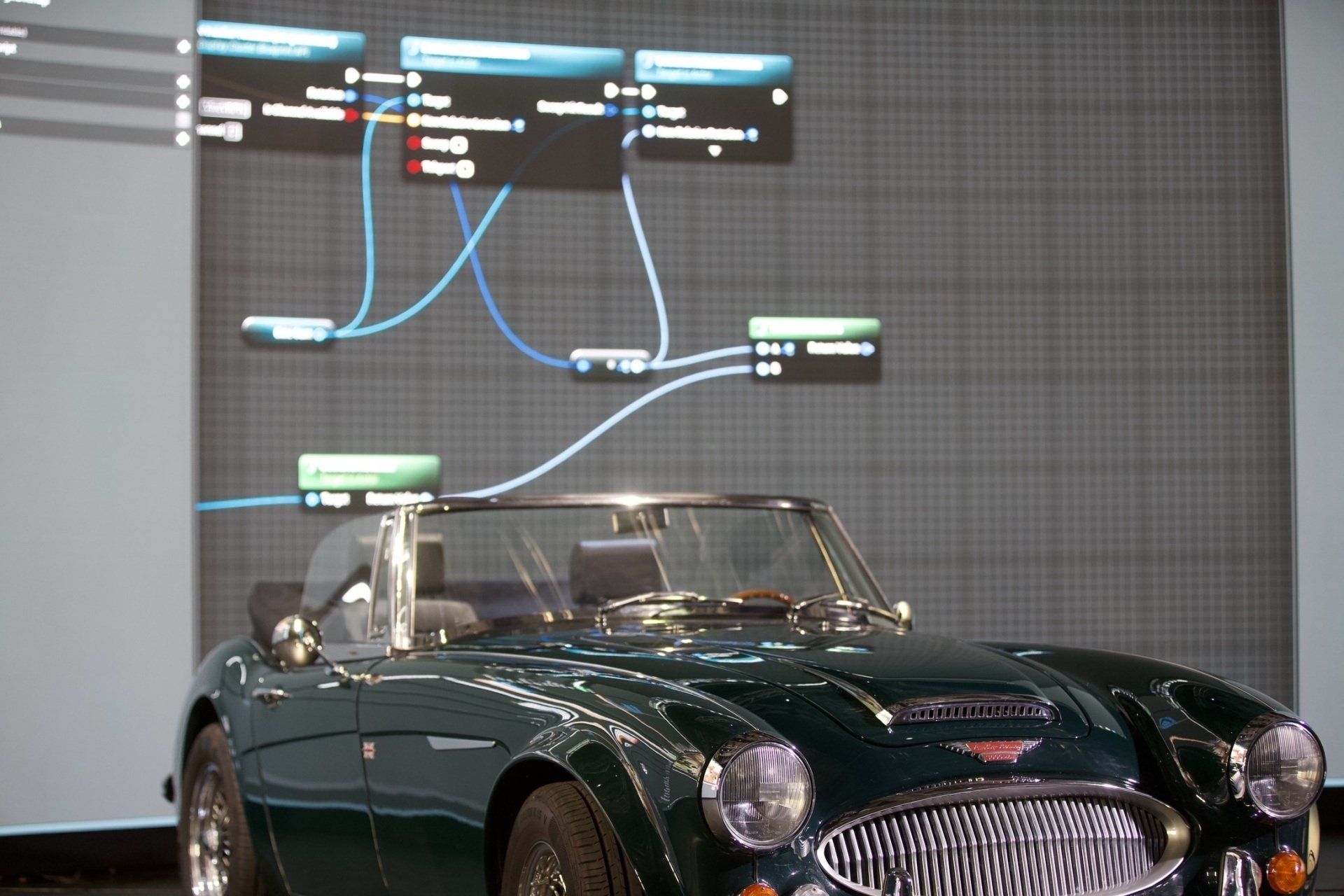
11 Dez., 2022
Virtual production and volume technology are two innovative techniques that are transforming the way movies, television shows, and other forms of visual media are made. These technologies allow filmmakers to create realistic digital environments and capture complex scenes with greater efficiency and precision than ever before. Virtual production involves the use of real-time computer graphics to create digital sets and backgrounds. This allows filmmakers to visualize and manipulate a virtual environment while they are shooting, rather than building physical sets and relying on costly post-production processes to add digital effects. This approach allows for greater flexibility and creativity on set, as well as faster turnaround times and lower costs. Volume technology, on the other hand, involves the use of large, enclosed spaces known as volumes, in which physical sets and props can be integrated with virtual elements. This allows filmmakers to capture complex scenes with multiple layers of depth and detail, and to create more realistic interactions between actors and their digital surroundings. One of the key benefits of virtual production and volume technology is their ability to create highly realistic digital environments. In the past, filmmakers often had to rely on post-production processes to add digital effects to their footage, which could be time-consuming and expensive. With virtual production, filmmakers can create and manipulate digital sets and backgrounds in real-time, allowing them to achieve a more seamless and convincing visual effect. Another advantage of these technologies is their ability to save time and money. Traditional production methods can be very expensive and labor-intensive, with large crews, complex sets, and long post-production processes. Virtual production and volume technology allow filmmakers to streamline their workflow, reducing the need for physical sets and props, and cutting down on post-production time and costs. Furthermore, virtual production and volume technology offer greater flexibility and creativity on set. Filmmakers can quickly and easily experiment with different camera angles, lighting, and other elements of the digital environment, allowing them to find the best way to tell their story. This also allows for more efficient collaboration between different departments, as designers, directors, and other members of the production team can work together in real-time to create the best possible final product. In conclusion, virtual production and volume technology are two exciting developments in the world of visual media. These technologies allow filmmakers to create highly realistic digital environments, save time and money, and offer greater flexibility and creativity on set. As these technologies continue to evolve and improve, we can expect to see even more impressive and immersive visual effects in the movies and television shows of the future.
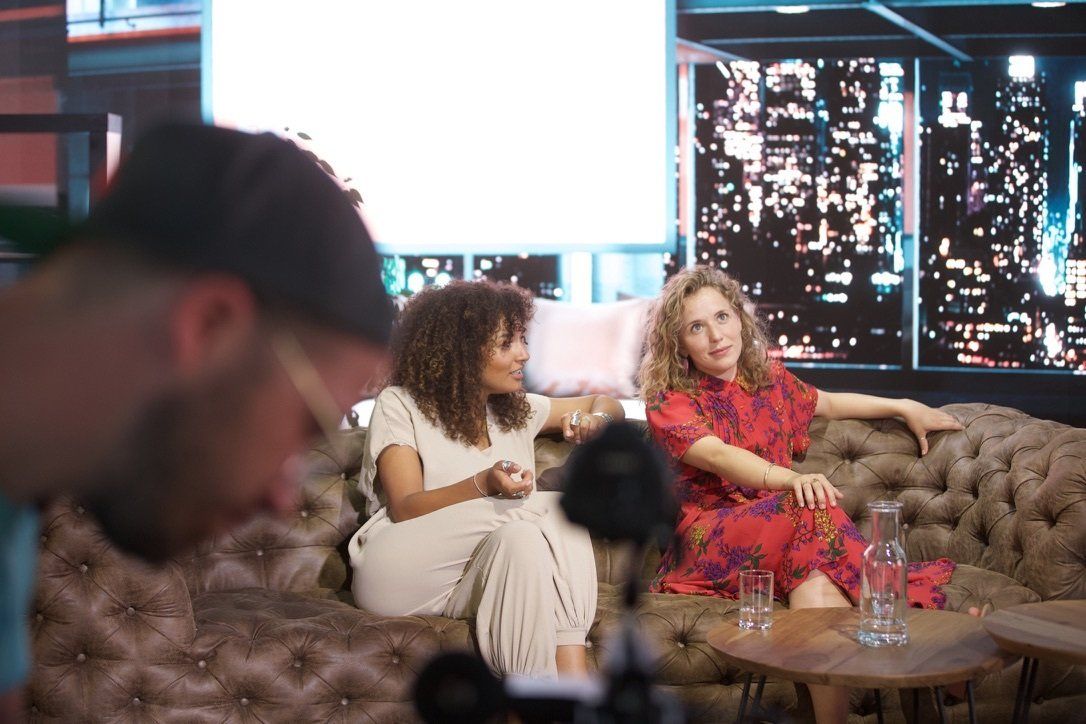
08 Dez., 2022
Virtual production is the use of real-time technology to previsualize and produce media content. This technology has been used in the film and television industry for several years, and has gained popularity due to its ability to reduce costs and increase efficiency in the production process. However, like any technology, virtual production has its pros and cons. On the pro side, virtual production allows filmmakers to visualize and experiment with different aspects of a scene, such as lighting and camera angles, in real-time. This can save a lot of time and money, as filmmakers can quickly iterate and make changes without having to reshoot the entire scene. In addition, virtual production allows for the creation of realistic, immersive environments without the need for expensive sets and locations. This can be particularly useful for fantasy or science fiction films, where the setting may not exist in the real world. Furthermore, virtual production can also be used to create special effects in real-time, allowing filmmakers to see how the effects will look in the final product and make adjustments as needed. This can save a lot of time and money in the post-production process. On the contra side, virtual production requires a significant amount of technical expertise and specialized equipment. This can be expensive and time-consuming to set up, and may not be feasible for smaller productions. In addition, virtual production can sometimes lack the realism and authenticity of traditional production methods. While the technology has come a long way in recent years, there may still be a disconnect between the virtual world and the real world, which can affect the final product. Finally, virtual production can also be isolating for actors, as they may not have the same physical interaction with other actors and the environment as they would in a traditional production. This can affect their performance and the overall quality of the final product. In conclusion, virtual production has the potential to save time and money while providing filmmakers with a high degree of control and flexibility. However, it also has its drawbacks, and may not be the right choice for every production.

08 Dez., 2022
Virtual production can save time and money by allowing filmmakers to plan and previsualize their shots in a virtual environment before actually shooting the film. This can help avoid costly mistakes and reshoots. Virtual production allows filmmakers to easily experiment with different camera angles, lighting, and special effects without the need for expensive and time-consuming physical sets and props. Virtual production allows filmmakers to easily create complex and detailed environments and special effects that would be impossible or impractical to create in the real world. Virtual production allows filmmakers to easily integrate live-action footage with computer-generated elements, creating a seamless and realistic visual experience. Virtual production allows filmmakers to easily collaborate with remote teams and talent, making it possible to create films with a global reach. Virtual production allows filmmakers to easily capture and edit footage in real-time, providing greater flexibility and control during the filmmaking process. Virtual production allows filmmakers to easily integrate interactive elements into their films, creating more engaging and immersive experiences for audiences. Virtual production allows filmmakers to easily create and distribute content in a variety of formats, including traditional films, VR experiences, and augmented reality applications. Virtual production can help filmmakers create more sustainable and environmentally-friendly films by reducing the need for physical sets, props, and costumes. Virtual production can help filmmakers create films that are more accessible to diverse audiences, including those with disabilities, by providing more flexible and inclusive viewing experiences.

06 Dez., 2022
One potential use case for the Unreal Engine and virtual production is the creation of a virtual film set. In this scenario, a film director and their team can use the Unreal Engine to design and build a fully-realized, virtual environment that they can then use as a film set. This virtual set can be accessed and manipulated by the director and other members of the film crew in real-time, allowing them to easily experiment with different camera angles, lighting setups, and other aspects of the production. Additionally, because the virtual set is created using the Unreal Engine, it can be rendered in high-fidelity, allowing for a more realistic and immersive experience for the film crew and for the audience when the final film is released. This approach can save time and money compared to traditional film production methods, and it can also allow for more creative freedom and flexibility during the filmmaking process. Here are a few more potential use cases for the Unreal Engine and virtual production: Virtual reality experiences: The Unreal Engine can be used to create highly immersive and interactive virtual reality experiences. These experiences could be used for a variety of purposes, such as training, education, entertainment, or therapy. Architectural visualization: The Unreal Engine can be used by architects and designers to create highly realistic, 3D visualizations of buildings and other structures. This can help them to better communicate their ideas to clients and stakeholders, and it can also help to identify potential design issues before construction begins. Industrial design: The Unreal Engine can be used by industrial designers to create virtual prototypes of products, allowing them to test and iterate on their designs without the need for physical prototypes. This can save time and money, and it can also help to identify potential design issues before going into production. Virtual events: The Unreal Engine can be used to create virtual events, such as conferences, concerts, or sporting events. This can allow people to attend and participate in these events from anywhere in the world, and it can also enable new forms of interaction and engagement that are not possible with traditional, in-person events. Overall, the Unreal Engine and virtual production offer a wide range of potential uses and benefits, making them valuable tools for a variety of industries and applications.
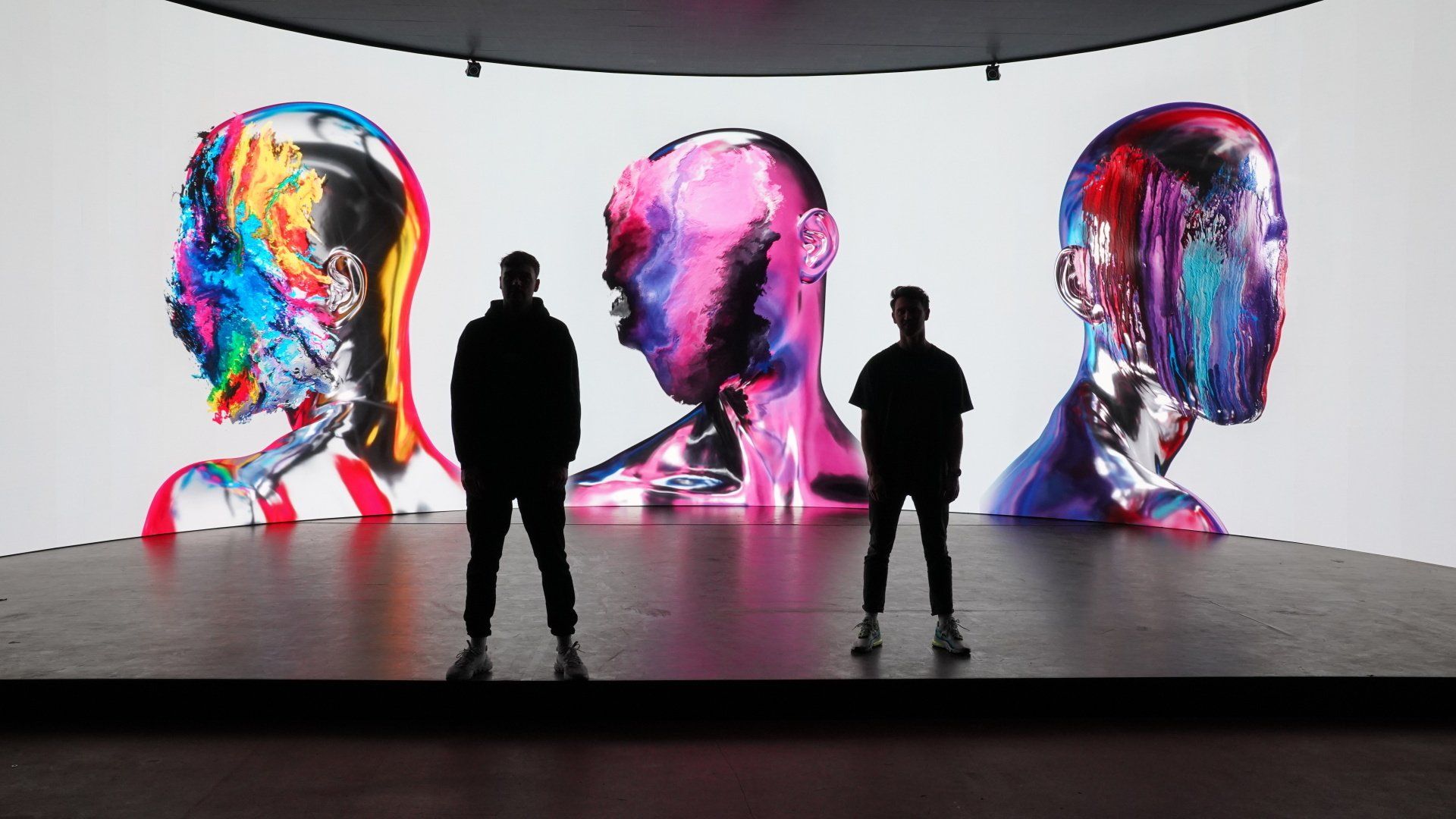
05 Dez., 2022
Virtual production is a relatively new technology that is revolutionizing the way that movies, television shows, and other forms of visual media are created. A virtual production studio, also known as a led screen studio, is a space that is designed to facilitate the creation of virtual sets and environments. This is done through the use of advanced technology, including high-resolution led screens, motion capture equipment, and specialized software. One of the primary benefits of using a led screen studio for virtual production is that it allows for the creation of highly detailed and realistic virtual sets and environments. This is because the led screens are able to display images with a high level of resolution and clarity, creating a more immersive experience for the viewer. Additionally, the use of motion capture technology allows for the realistic movement of virtual objects and characters, further enhancing the realism of the final product. Another benefit of using a led screen studio for virtual production is that it allows for greater flexibility and creativity in the design process. With traditional production methods, sets and locations must be built or found in the physical world, which can be time-consuming and costly. With virtual production, however, sets and locations can be created entirely in the digital realm, allowing filmmakers to easily and quickly experiment with different designs and ideas. This can save time and money, while also allowing for more creative freedom. Another advantage of led screen studios is that they can be used to create virtual environments that would be impossible or impractical to recreate in the physical world. For example, filmmakers can create virtual sets and locations that are set in the distant future, in exotic locations, or on other planets. They can also create virtual sets and locations that are larger than life, such as massive cities or epic landscapes. This allows for a level of creativity and imagination that is simply not possible with traditional production methods. In addition to the benefits for filmmakers, led screen studios also offer a number of benefits for the actors and performers who work on virtual productions. One of the key advantages is that actors are able to perform in a more natural and spontaneous way, as they are not constrained by the physical limitations of traditional sets. This can result in more realistic and compelling performances, which can help to elevate the overall quality of the final product. Another benefit for actors is that they are able to see and interact with virtual sets and environments in real time, which can help to enhance their performances. For example, they can see the other actors, objects, and elements of the virtual environment, allowing them to react and respond in a more authentic and believable way. This can also help to improve the overall sense of immersion and realism in the final product. In conclusion, virtual production using led screen studios offers a number of significant benefits, including the ability to create highly detailed and realistic virtual sets and environments, greater flexibility and creativity in the design process, and the ability to create virtual environments that would be impossible or impractical to recreate in the physical world. It also offers benefits for actors and performers, allowing them to deliver more natural and spontaneous performances, and to see and interact with the virtual environment in real time. Overall, led screen studios are a powerful tool for filmmakers, and are likely to become increasingly important in the future of visual media.
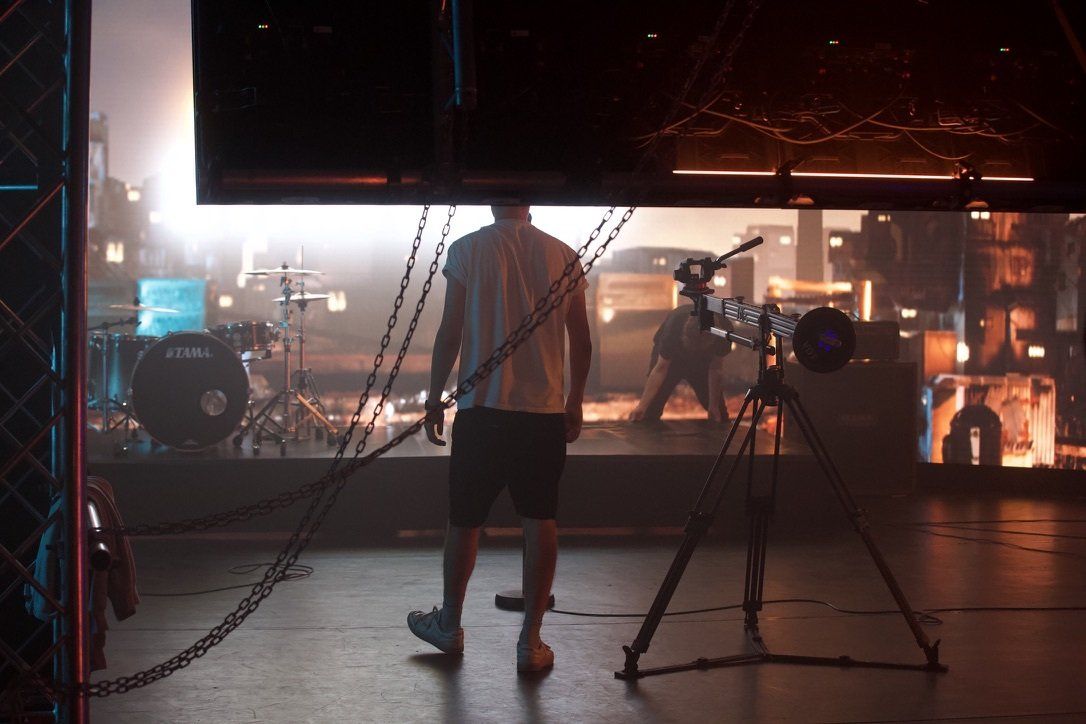
30 Nov., 2022
XR Studios and Virtual Production: A Game-Changer for the Film and Television Industry The world of film and television production has undergone a significant transformation in recent years with the advent of XR Studios and virtual production. This technology has revolutionized the way productions are created, offering a range of benefits for both filmmakers and audiences alike. XR, which stands for extended reality, refers to a range of technologies that include virtual, augmented, and mixed reality. In the context of film and television production, XR is used to create virtual environments that can be explored and interacted with in real-time. This allows filmmakers to capture footage without the need for physical sets and locations, saving time, money, and resources. Virtual production, also known as live-action virtual production, is the process of using XR technology to create and capture footage for film and television. This is done through the use of real-time computer graphics and other digital tools, which are used to create virtual environments and characters that can be integrated into live-action footage. One of the key benefits of XR Studios and virtual production is the ability to create highly detailed and realistic virtual environments. This allows filmmakers to create complex and visually stunning worlds that would be impossible or impractical to create using traditional methods. It also allows for greater flexibility and control over the look and feel of a production, as filmmakers can make changes and adjustments to the virtual environment in real-time. Another advantage of XR Studios and virtual production is the ability to capture footage in a more efficient and cost-effective manner. With virtual production, filmmakers no longer need to travel to physical locations to capture footage, which can save a significant amount of time and money. In addition, virtual production allows for the use of green screens and motion capture technology, which can further reduce costs and increase efficiency. One of the most exciting aspects of XR Studios and virtual production is the potential for new and innovative storytelling techniques. With the ability to create and control virtual environments, filmmakers can experiment with new ways of telling stories and engaging audiences. This opens up a whole new world of possibilities for the film and television industry, and has the potential to lead to exciting and groundbreaking productions. In conclusion, XR Studios and virtual production are game-changers for the film and television industry. This technology offers a range of benefits, including the ability to create highly detailed and realistic virtual environments, the ability to capture footage in a more efficient and cost-effective manner, and the potential for new and innovative storytelling techniques. As the technology continues to develop and evolve, it is sure to have a major impact on the way productions are created and enjoyed by audiences.

18 Okt., 2022
Virtual production has been a growing trend in the film and television industry, allowing filmmakers to create realistic, immersive environments and effects without the need for expensive physical sets and props. The latest advancement in this technology is the release of Unreal Engine 5.1, which offers even more realistic graphics and improved performance for virtual production. One of the key features of Unreal 5.1 is its use of photorealistic rendering. This means that the graphics created by the engine look incredibly realistic, with lifelike lighting and texture. This allows filmmakers to create environments that are indistinguishable from real-life sets, making it possible to shoot scenes in a virtual world that would be impossible or impractical in the real world. The engine also offers improved performance, with faster rendering times and the ability to handle larger data sets. This means that filmmakers can create more detailed environments and effects in less time, making it possible to achieve more ambitious visuals without sacrificing speed or efficiency. Another important aspect of Unreal 5.1 is its support for real-time collaboration. This means that multiple people can work on a virtual production simultaneously, with changes made by one person being immediately reflected on the screens of everyone else. This allows for faster, more efficient collaboration, as well as the ability to make changes on the fly during a shoot. Virtual production also offers a number of benefits for filmmakers. It allows for greater flexibility and control, as well as the ability to make changes to a scene or environment quickly and easily. It also eliminates the need for expensive physical sets and props, reducing costs and allowing for more creative freedom. Unreal 5.1 is already being used on a number of high-profile productions, including the upcoming Marvel Studios film Shang-Chi and the Legend of the Ten Rings. The technology is also being used in television, with the hit series The Mandalorian using Unreal 5.1 to create its virtual environments. Overall, the release of Unreal 5.1 is a major step forward for virtual production, offering even more realistic graphics and improved performance for filmmakers. As the technology continues to evolve, it is likely that virtual production will become even more prevalent in the film and television industry.
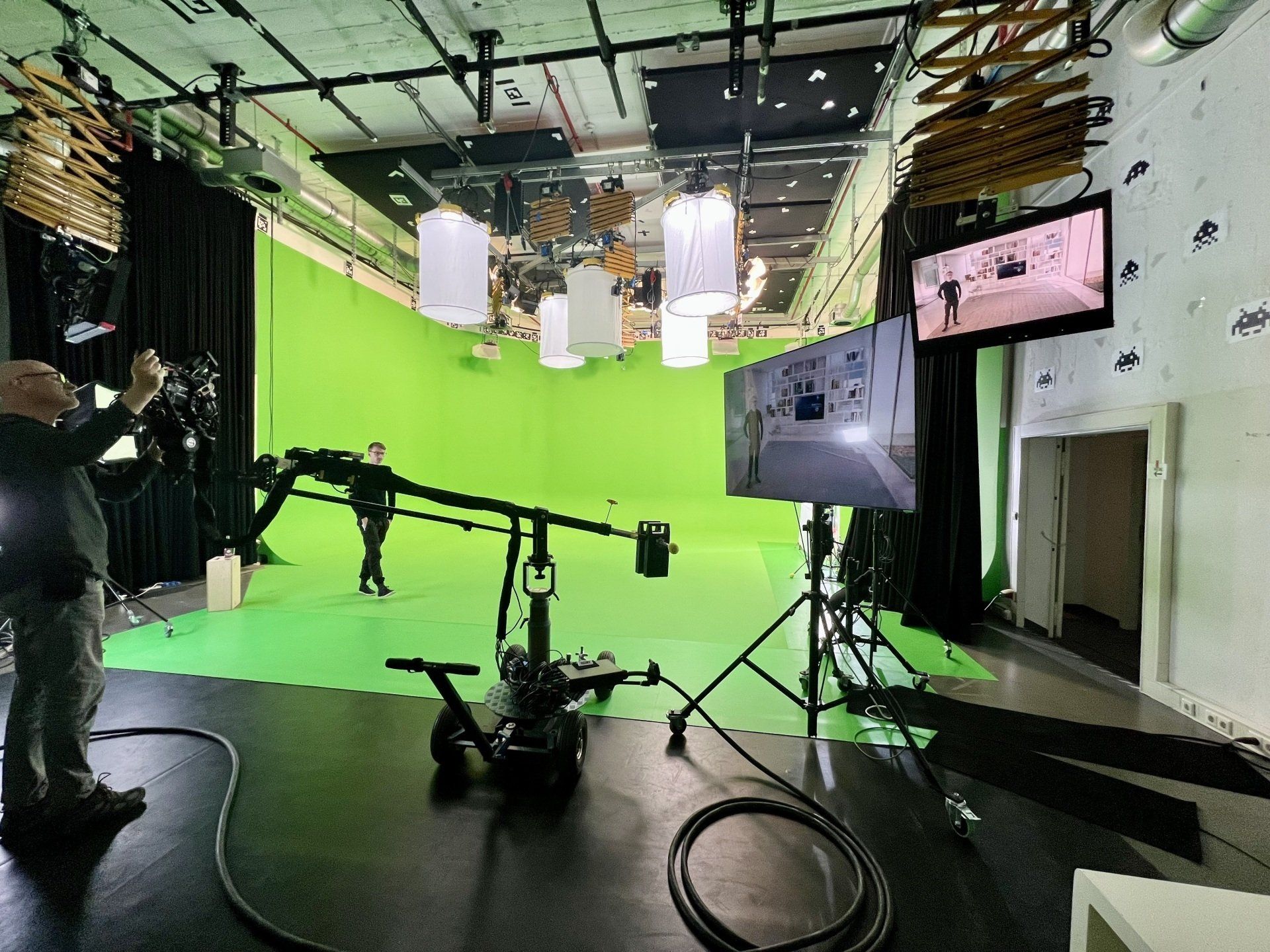
31 Juli, 2022
Virtual production is a cutting-edge technology that is changing the way that movies, television shows, and other forms of visual media are created. A virtual production studio, also known as a green screen studio, is a space that is designed to facilitate the creation of virtual sets and environments. This is done through the use of advanced technology, including high-resolution green screens, motion capture equipment, and specialized software. One of the key benefits of using a green screen studio for virtual production is that it allows for the creation of highly detailed and realistic virtual sets and environments. This is because the green screens are able to display images with a high level of resolution and clarity, creating a more immersive experience for the viewer. Additionally, the use of motion capture technology allows for the realistic movement of virtual objects and characters, further enhancing the realism of the final product. Another benefit of using a green screen studio for virtual production is that it allows for greater flexibility and creativity in the design process. With traditional production methods, sets and locations must be built or found in the physical world, which can be time-consuming and costly. With virtual production, however, sets and locations can be created entirely in the digital realm, allowing filmmakers to easily and quickly experiment with different designs and ideas. This can save time and money, while also allowing for more creative freedom. Another advantage of green screen studios is that they can be used to create virtual environments that would be impossible or impractical to recreate in the physical world. For example, filmmakers can create virtual sets and locations that are set in the distant future, in exotic locations, or on other planets. They can also create virtual sets and locations that are larger than life, such as massive cities or epic landscapes. This allows for a level of creativity and imagination that is simply not possible with traditional production methods. In addition to the benefits for filmmakers, green screen studios also offer a number of benefits for the actors and performers who work on virtual productions. One of the key advantages is that actors are able to perform in a more natural and spontaneous way, as they are not constrained by the physical limitations of traditional sets. This can result in more realistic and compelling performances, which can help to elevate the overall quality of the final product. Another benefit for actors is that they are able to see and interact with virtual sets and environments in real time, which can help to enhance their performances. For example, they can see the other actors, objects, and elements of the virtual environment, allowing them to react and respond in a more authentic and believable way. This can also help to improve the overall sense of immersion and realism in the final product. In conclusion, virtual production using green screen studios offers a number of significant benefits, including the ability to create highly detailed and realistic virtual sets and environments, greater flexibility and creativity in the design process, and the ability to create virtual environments that would be impossible or impractical to recreate in the physical world. It also offers benefits for actors and performers, allowing them to deliver more natural and spontaneous performances, and to see and interact with the virtual environment in real time. Overall, green screen studios are a powerful tool for filmmakers, and are likely to become increasingly important in the future of visual media.
Wir entwickeln und produzieren in Norddeutschland, Europa 🇪🇺 in der Europäischen Union (EU)



